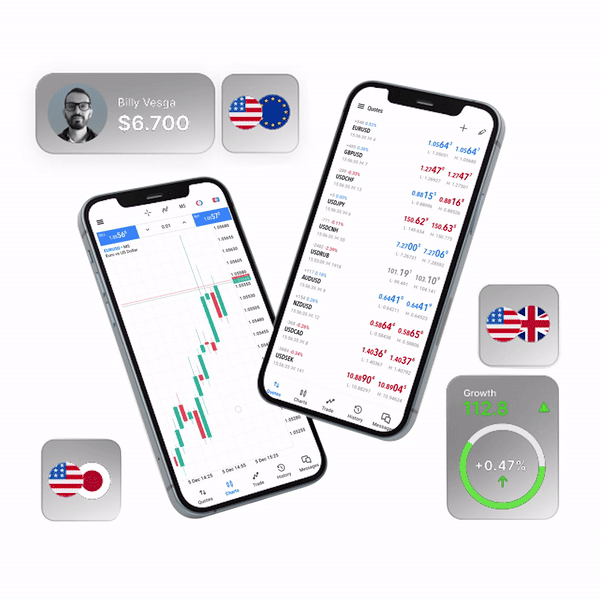Gold (XAU/USD) remains on the back foot during early European hours on Wednesday, retreating from a two-week high near $3,395. The pullback comes as traders book profits and the US Dollar stages a modest rebound.
That said, downside risks for the precious metal could be cushioned by growing concerns over the US Federal Reserve’s independence. President Donald Trump has intensified efforts to remove a Fed governor, a development that may enhance demand for Gold as a traditional safe-haven asset.
Markets are also closely tracking the Russia–Ukraine conflict. Signs of escalating tensions may lend support to Gold, while progress toward a peace deal could undermine near-term demand. Later this week, investors will focus on the July US Personal Consumption Expenditures (PCE) Price Index. Headline PCE is projected at 2.6% YoY, with the core measure seen at 2.9% YoY. Stronger-than-expected readings could limit the Fed’s scope to ease policy.
Daily Market Movers
-
Trump on Fed board: Donald Trump said Tuesday he will soon hold a “majority” of his own nominees on the Fed’s board of governors to back his push for rate cuts.
-
Fed pushback: Governor Lisa Cook responded that Trump has no authority to remove her, stressing she will not resign.
-
Legal battle brewing: Trump said he is prepared for a court fight after moving to oust Cook, citing allegations of falsified mortgage documents (Bloomberg).
-
Market reaction: “The news that Trump fired one of the Fed governors accused of mortgage fraud gave a little life to gold,” said Bob Haberkorn, market strategist at RJO Futures.
-
Powell’s signal: Last week, Fed Chair Jerome Powell hinted at a possible rate cut in September, citing rising risks to the labor market.
-
Rate cut bets: Traders now price an 85% chance of at least a 25-basis-point cut in September, up from 75% a week ago, according to CME FedWatch.
Technical Outlook: Bullish Bias Intact
Despite intraday weakness, Gold maintains a constructive technical setup. The price holds above the 100-day Exponential Moving Average (EMA), while the 14-day Relative Strength Index (RSI) stands at 56.8, reinforcing near-term bullish momentum.
-
Resistance levels: Initial resistance is seen at $3,400–3,410, a confluence of the psychological mark, the August 8 high, and the upper Bollinger Band. A sustained break could open the way toward $3,439 (July 23 high) and ultimately $3,500, the April 22 peak.
-
Support levels: On the downside, a drop below $3,325 (August 21 low) would expose $3,200, the lower Bollinger Band and a key psychological zone.












